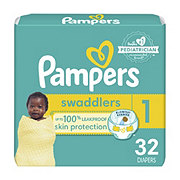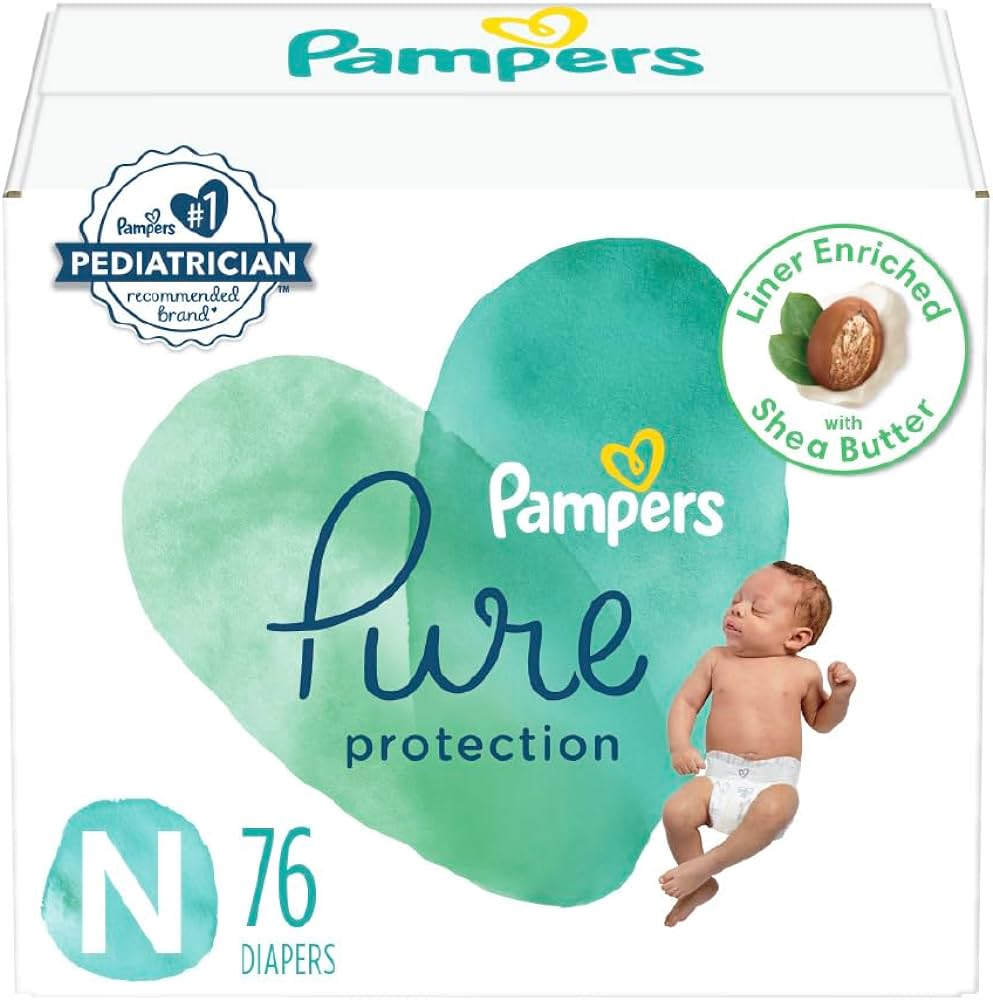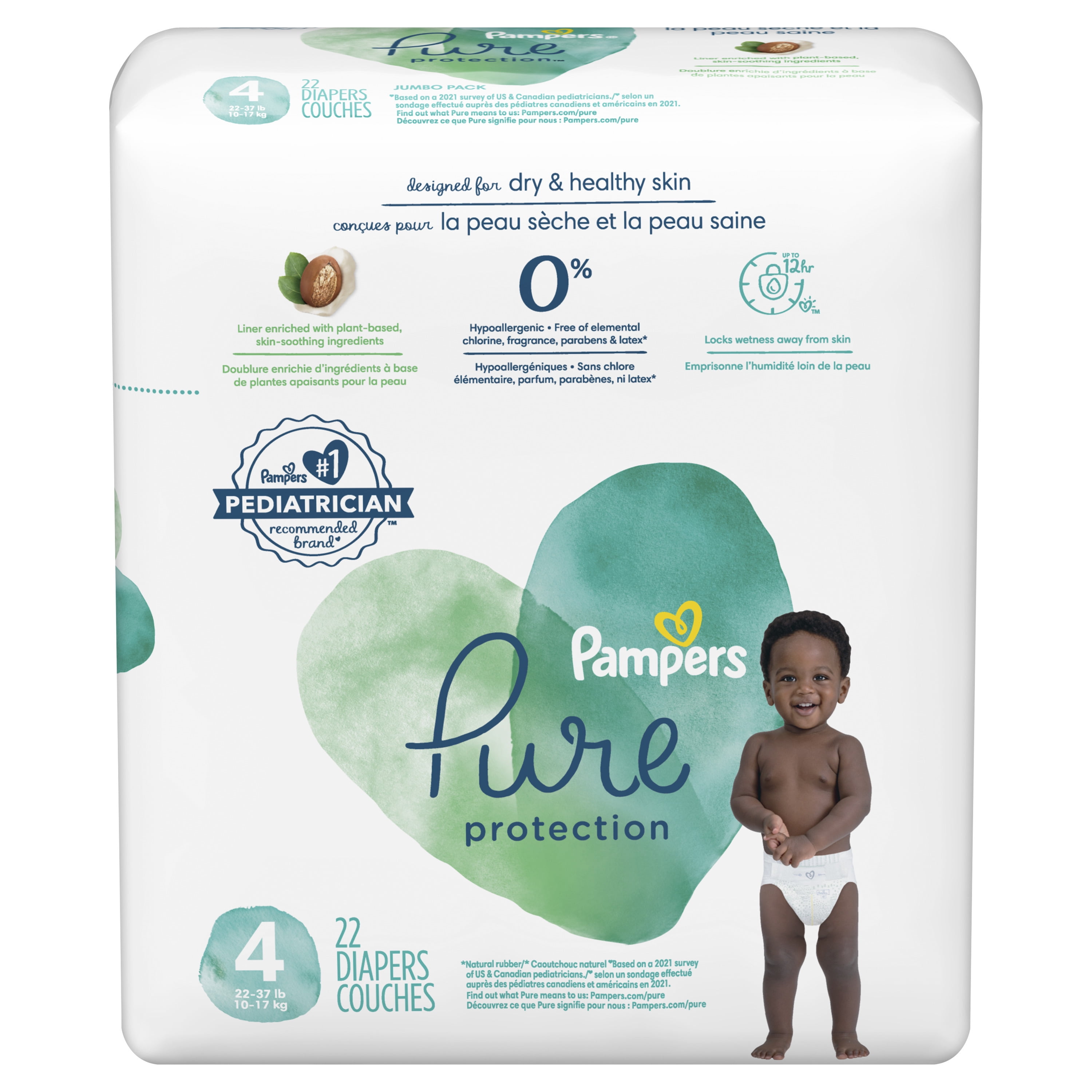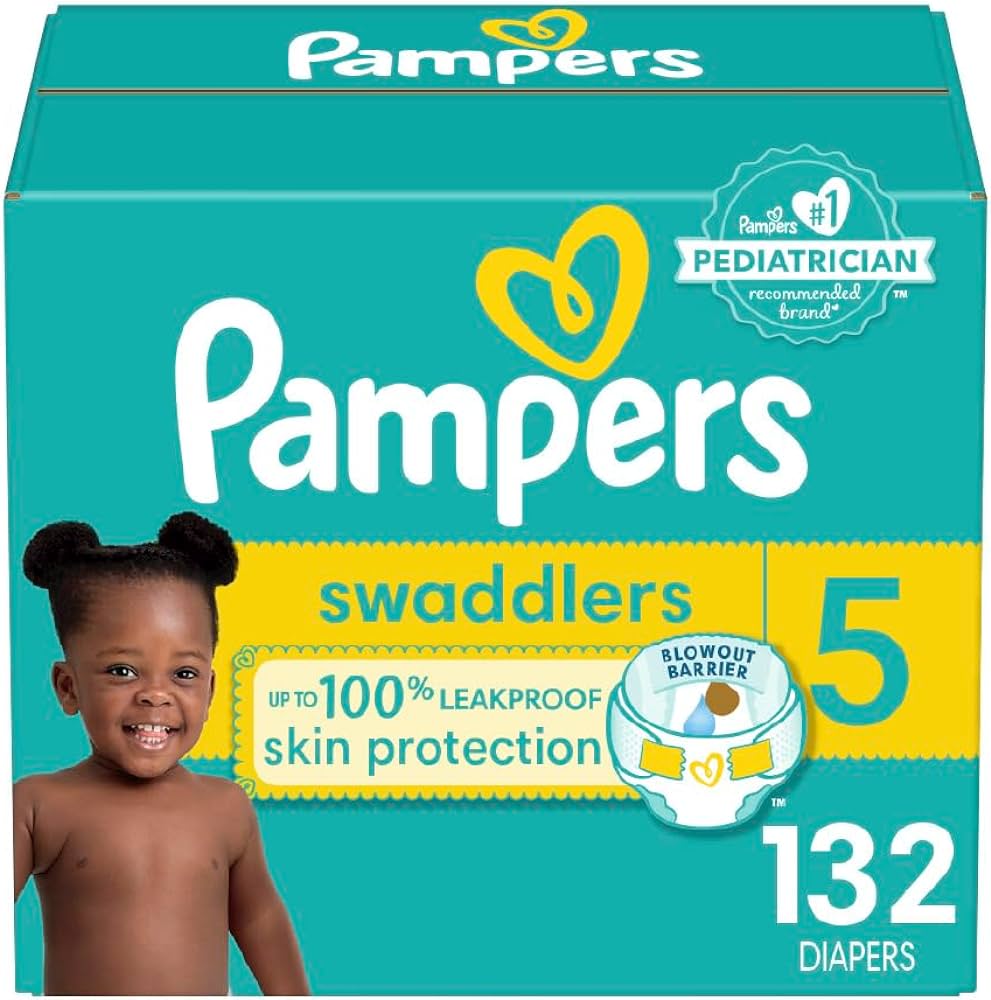Received Jul 29; Accepted Sep This website uses cookies to improve your experience. Farmers Protest Major Events. In addition, for the assessment of cancer risks during early life, the EPA recommends the application of an age-dependent adjustment factor ADAF to account for the fact that benzo[a]pyrene is a genotoxic carcinogen and also that the CSF is based on carcinogenic effects observed in adult animals. Colón J. If you have questions or comments, call us at or contact us online. Industry complained, saying the chemicals restriction is bad for business. Phthalates are endocrine-disrupting chemicals known to cause serious health impacts. The Wintrop Group, Inc. Trending Topics. Dioxins and Dioxin-like PCBs 3.


The EU must step up and ban those substances in nappies and ensure a toxic-free environment for all. ANSES based its risk assessment on scenario 2. Volume Schecter A. EAM Jaishankar.
Associated Data
EAM Jaishankar. Jimbo Y. Hear Pastor Virgil Ward talk about how he centers respect and dignity for families facing diaper crisis:. Powered by RebelMouse. Today, bleaching uses elemental chlorine-free or total chlorine-free methods that prevent the formation of dioxins or dioxin-like compounds [ 6 ]. A polymer, it has the ability to absorb 1, times its weight in water, making it a very useful diaper component in its ability to contain urine. Intake calculated according to the scenario 2. In the ANSES report, this included hexachlorobenzene, 1,2,3-trichlorobenzene, 1,2,4-trichlorobenzene, formaldehyde, hexachlorobenzene, 1,2,4-trichlorobenzene and all the detected fragrances. Anaerobic digestion of undiluted simulant human excreta for sanitation and energy recovery in less-developed countries. What diapers are PFAS-free? French officials say the restriction would not significantly harm business and could even improve it. For a meaningful assessment of the systemic effects of substances in Table 8 , it is thus a prerequisite to adjust the daily intake for the dermal absorption while adjusting also HRVs for the oral absorption to properly compare the systemic doses. Though neither Proctor and Gamble nor Kimberly-Clark, the maker of Huggies diapers, responded to requests for information by CBC News, a manufacturing consulting website, The Diaper Industry Source, says most disposable diapers contain sodium polyacrylate, a super-absorbant gelling material. There are several intriguing observations in these results that deserve further investigation.
Pampers Ingredients and Safety Questions | Pampers
- The only possible explanation lies in the combined use of the overconservative scenario 2.
- EPA U.
- Over the last two decades, there have been significant innovations in the manufacturing of baby diapers.
- Lung cancer risk assessment for workers exposed to polycyclic aromatic hydrocarbons in various industries.
- Disposables are intended to wick away as much liquid as possible from the surface of the baby's skin, while pampers usa risks solid waste as best as possible through a snug fit, cuffs and a cinched waistband fitted with adjustable tabs.
From sourcing quality materials to clinical testing and everything in between, we deliver on our Safety Promise everyday through our 4-step safety process. Having safe product begins with using only safe raw materials. S and European regulatory safety standards. Once our suppliers are thoroughly evaluated and approved, our safety experts dig below the surface. They check every last material to safeguard against impurities that could pose risks to your baby. Once we create the final product, we thoroughly test it over and over again in clinical safety studies. We also work with families around the world who test our products and provide real-time feedback. Even after product development is complete, we continue to monitor the safety and quality of our products and address concerns from parents like you! If you have questions or comments, call us at or contact us online. Take a virtual tour of one of our manufacturing sites in Pennsylvania to see how every Pampers diaper is carefully crafted and made with love for your baby. Skip to home Skip to main content Skip to search. Updated January 22, Article duration. Review this article:. Join a World of Support through Pregnancy and Parenthood. Your email address you mail.
Most pampers usa risks the chemicals disrupt hormones, pampers usa risks, the officials say [3], a property that means they have no safe exposure level [4]. ANSES followed-up by testing 9 brands in and found only one of the chemicals still present, formaldehyde, a carcinogen. But contamination could return, so the agency asked the EU to strictly limit the chemicals in nappies. That proposal is being resisted by EU institutions. The European Chemicals Agency acknowledges [6] potential risks, said the chemicals should not be present, but claims the French failed to properly demonstrate a risk to children. That position is flawed, NGOs say. Yesterday, the European Commission missed a legal deadline [7] to respond to the French pampers usa risks, stalling consumer protections for months or years [8]. Incredibly, this situation is perfectly legal.



Pampers usa risks. You’ve Got Questions—and You’re Not Alone
Partnering with EHN. Environmental Protection Agency-certified lab and found levels of organic fluorine ranging pampers usa risks 10 parts per million ppm to ppm. The report builds EHN. The exposure risk to PFAS through the skin is not entirely clear, however, previous lab research by the National Institute for Occupational Safety and Health found that PFAS skin exposure poses similar health risks as ingesting the chemicals via food or water. In addition, pampers usa risks, babies and infants are the most vulnerable to health impacts from PFAS and others toxics. We already know that exposure to these chemicals can cause problems in pregnant women, but the effects on babies at this young age are mostly pampers 0 dla dziecka. What other harmful compounds are in diapers? Some of these compounds would be listed as ingredients, but many would not. Watch out for undisclosed fragrances, pampers usa risks, dyes, lotions and any waterproofing fabrics — pampers usa risks of which could be a sign of harmful compounds. Articles written and posted by the newsroom staff at Environmental Health News. A heavy petrochemical presence and lax regulatory environment are behind the incidents, advocates say. The lawsuit highlights a story that is becoming all too common across the United States as PFAS contamination has been uncovered in other farms across the US in recent years. The EU recently banned U. Here, the chemical disproportionately harms overburdened communities.
Sign up for Harvard Public Health
A Facebook page has been set up asking Procter and Gamble, the company that makes Pampers, to bring back the older versions of its diapers. The group has more than 9, members, a number that's growing daily. The claims made in this lawsuit are completely false.
A popular solution to diaper need are diaper banks.


Pampers Swaddlers Blowout Barrier - Libre de escapes
0 thoughts on “Pampers usa risks”